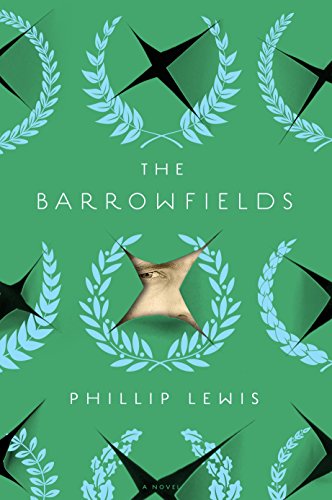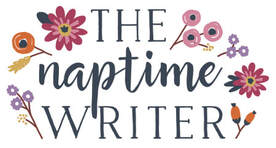 This is the kind of book that I would have loved reading in class. I didn’t love Phillip Lewis’s The Barrowfields, and there are some parts that confused or bothered me, but I was drawn to it all the same. There’s a richness and texture to this book; a satisfying depth to its characters; and a nostalgic, and, I think loving tribute to other previous southern characters and themes that remembers even as it changes. All of these characteristics make The Barrowfields a book that I’d love to do close readings of. You know, in a really cool, non-dorky way. This is a book about growing up and dealing with one’s family legacy, and trying to come to terms with the past and the ambivalence—or perhaps hostility—of passing time. The Barrowfields is set in Old Buckram, North Carolina, an Appalachian town where Henry Aster, his parents, and sibling, are pretty much exceptional. They love to read and see great value in books—leading them to occasionally challenge prevailing attitudes regarding books—and they inhabit a house many believe to be haunted where gruesome family deaths took place years earlier. Like many pieces of Southern lit., this family is tried, troubled, and even tortured. It’s impossible to separate Henry’s coming-of-age story from his father’s legacy. His father wants to be a writer on par with Thomas Wolfe or William Faulkner, and his inability to do so is devastating to both himself and the rest of his family. His self-torture is amplified by family death. Throughout the book, Henry is consumed by the mystery of his father; his father’s choices have irreparable effects on his own development. I don’t think it would be unusual to get tones of Harper Lee’s To Kill a Mockingbird and Thomas Wolfe’s Look Homeward, Angel from The Barrowfields, among other southern lit. books. Lewis brings his book into the 80s, which offers the potential for an interesting re-write of the tortured southern family story. But, as I indicated above, I was troubled that his relatively recent portrayal of Southern Appalachia was stark and largely in-line with Appalachian stereotypes. There’s some community in Old Buckram—some friendly engagement among its residents—but the town is chiefly isolated, Henry is often unwilling to grant many of its residents any kind of meaningful interior life, and the Asters are presented as largely unique from everyone, even the few they love or respect. This, in addition to the fact that Henry’s story often seemed ceded over to other people—and not just his father—made my feelings toward The Barrowfields more complicated. But I didn’t mind that. I appreciated it and wanted to talk about it and hear the smartest kid in the class’s take on the book. You know, just like I used to do in grad. school. I received a complimentary copy of this book from Blogging for Books, but all opinions included in this review are my own.
0 Comments
Leave a Reply. |
About me.Give me that HEA, please.
Join my mailing list.Want to receive a weekly email with links to my latest blog posts? Sign up below!
Archives
April 2024
Categories
All
|

 RSS Feed
RSS Feed
